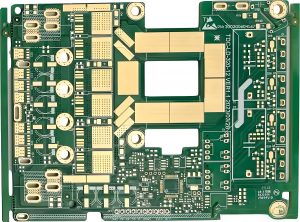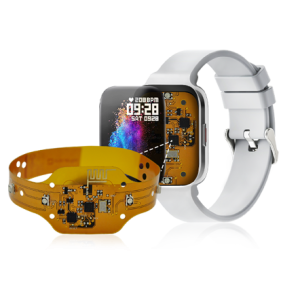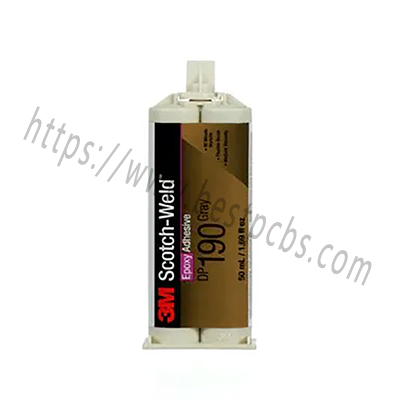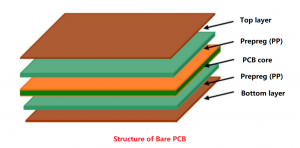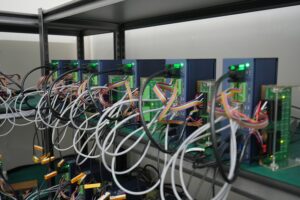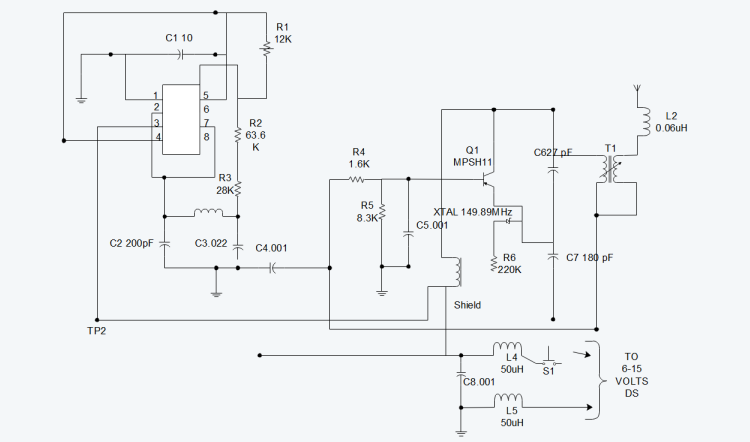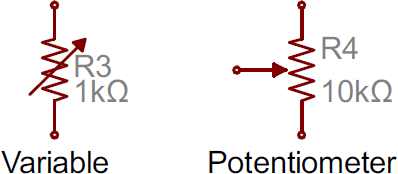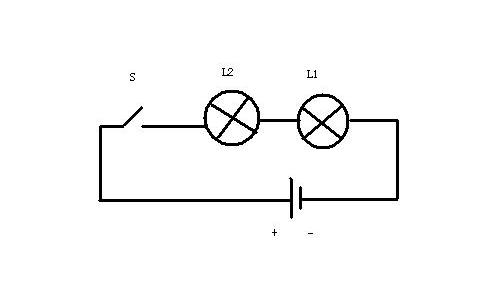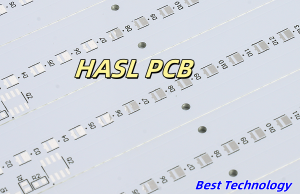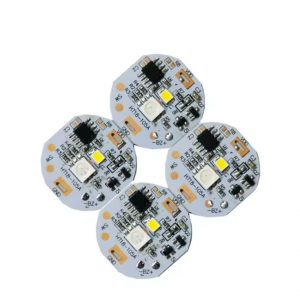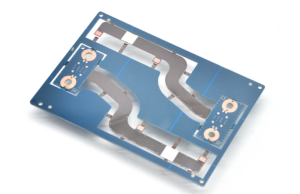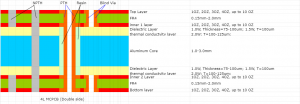Electricity is ubiquitous in our lives, and the use of all devices is closely related to electricity. The use of electricity depends on how to control and convert it. Among them, the indispensable tools are inverters and converters, which can convert electrical energy into different forms to meet various needs.
What are AC and DC?
1. Definition of alternating current and direct current:
- Alternating current (AC) refers to the current whose direction changes periodically over time, and the average current in one cycle is zero.
- The waveform of alternating current is usually a sine curve, but there can also be other waveforms, such as triangular waves and square waves. Alternating current is widely used in power transmission and industrial applications.

- Direct current (DC) refers to the current whose direction is constant.
- The magnitude and direction of direct current do not change with time. Common DC power sources include dry batteries and storage batteries. The direction of pulsating direct current does not change, but the magnitude changes with time. It usually needs to be filtered to become smooth direct current.
2. The difference between AC and DC:
- The main difference between AC and DC is whether the direction of the current changes over time.
- The direction of AC changes periodically, while the direction of DC remains unchanged. In addition, the average value of AC in a cycle is zero, while the current and voltage of DC remain constant.
3. Application scenarios of AC and DC:
- AC is mainly used for power transmission and industrial applications because its waveform is a sinusoidal curve, which is suitable for long-distance transmission. DC is often used in situations where constant current is required, such as battery-powered electronic devices.

How do you convert from DC to AC?
DC can be converted into AC through an inverter. The inverter usually consists of an inverter bridge, control logic, and filter circuits.
Inversion is a current conversion process opposite to rectification, which converts DC into AC. When the inverter side, i.e., the AC side, is connected to the power grid, it is called active inversion, and when the inverter side, i.e., the AC side, is directly connected to the load, it is called passive inversion.
The inverter circuit can convert DC power into AC power of any frequency and voltage under the control of the control circuit, so it is widely used, for example, when DC power is needed to supply power to AC loads.
What is dc to ac inverter?
āInverter is a device that converts DC power into AC power. āā
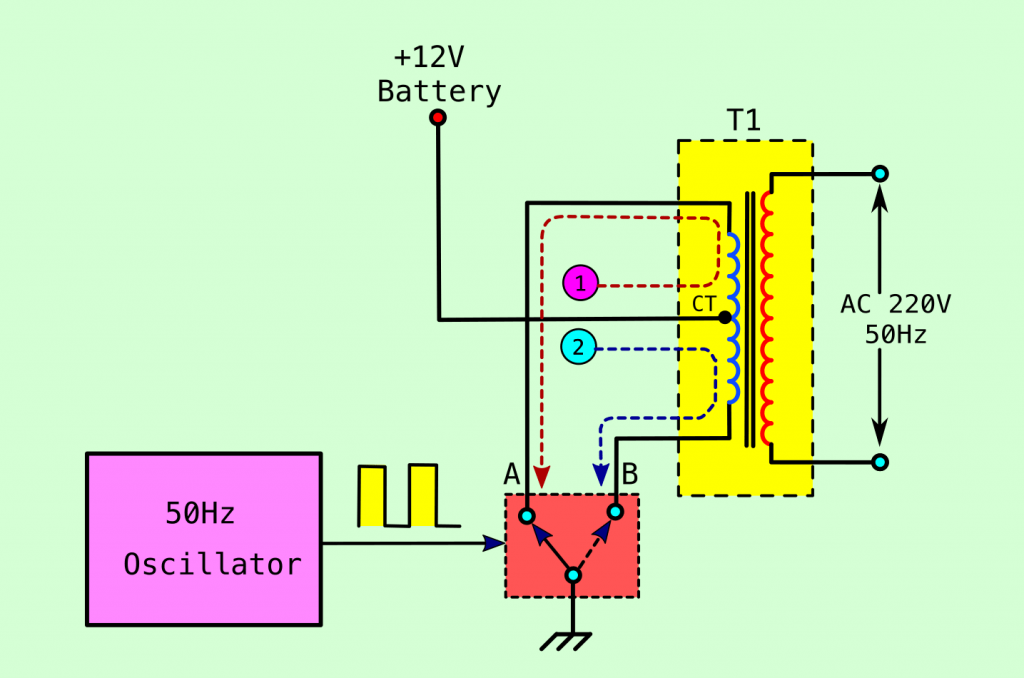
The inverter is mainly composed of an inverter bridge, control logic and filter circuit, which can convert DC power (such as batteries, storage batteries) into fixed frequency and voltage or frequency and voltage AC power, usually 220V, 50Hz sine wave.
Inverters are particularly widely used in automobiles. They can drive various electrical appliances and tools by connecting to batteries, making it possible to use household appliances when driving or traveling.
Inverters can be divided into sine wave inverters and square wave inverters according to the output waveform. Although the sine wave inverter is more expensive, it can be applied to various loads, and the output waveform is closer to the mains, which is friendly to electrical equipment.
The efficiency of the inverter is an important indicator of its performance, which indicates the ratio of output power to input power. With the development of technology, inverters are showing a trend of high frequency, high performance and miniaturization, and are widely used in various fields of power electronics technology.
What is dc to ac converter?
An AC to DC converter is a device whose main function is to convert alternating current (AC) into direct current (DC). Such converters are commonly used in household appliances, computers, mobile phone chargers and other devices to convert the AC power provided by the power grid into the DC power required by the device.

The working principle of the AC/DC converter involves converting the AC power into smooth DC power through a rectification and filtering process. This converter can be bidirectional in terms of power flow, that is, power can flow from the power source to the load (called rectification) or from the load back to the power source (called active inversion).
The working principle of the AC/DC converter involves several key steps:
- āRectificationā: Converting AC power into unidirectional pulsating DC power is achieved by using a rectifier, which can be a half-wave rectifier or a full-wave rectifier, depending on the specific technology used.
- āFilteringā: Filtering is performed by using capacitors to eliminate the pulsating components generated during the rectification process to obtain a smoother DC power.
- āVoltage stabilizationā: In some applications, voltage stabilization may also be required to ensure the stability of the output voltage.
The design and application of AC/DC converters are limited by many factors, including safety standards, electromagnetic compatibility (EMC) requirements, and power system optimization design.
In addition, the use of high-voltage, high-current switches increases the power consumption, which to a certain extent limits the modularization process of AC/DC converters.
What is the difference between an inverter and converter?
The main difference between an inverter and a converter is that they have different functions and conversion directions. ā
Although inverters and converters sound similar, their functions and conversion directions are completely different. The main function of an inverter is to convert direct current (DC) into alternating current (AC), while a converter does the opposite, converting AC into DC. This difference makes them play their respective roles in different application scenarios.
1. āInverterā:
- The main application of an inverter includes converting electricity generated by a DC power source (such as a battery) into AC to meet the needs of AC equipment. The advantages of the inverter include high conversion efficiency, fast startup, good safety performance, etc., but it may also generate noise due to its working principle, and corresponding countermeasures need to be taken to reduce the noise.
2. Converter:
- Unlike the inverter, the main function of the converter is to convert AC to DC.
- This is usually achieved through the process of half-wave rectification and full-wave rectification, which involves passing the positive half-cycle or positive and negative cycles of AC through the rectifier circuit, and then further processing through capacitor filtering and voltage stabilization circuit to finally obtain DC.
- Converters are widely used in various electronic devices that need to convert AC power to DC power.
In general, although inverters and converters are similar in name, their functions and conversion directions are completely different. Inverters convert DC to AC and are suitable for using DC power for AC devices; while converters convert AC to DC to meet the needs of devices that require DC power.
Why would you use an inverter?
The main reason for using an inverter is to convert DC to AC to meet the power needs of various devices and systems. ā
The main function of the inverter is to convert direct current (DC) into alternating current (AC), which is necessary in many fields and scenarios. Here are some of the main uses of the inverter:
- 1. Household electricity: The inverter can convert the DC power of the car battery or other DC power source into the AC power required by household appliances, so that the car or other DC power source can power household devices.
- 2. Emergency power supply: In the event of a power outage or power outage, the inverter can convert the DC power of the backup power source (such as gasoline generators, solar panels, etc.) into AC power to provide power support for key equipment.
- 3. Electronic devices: Many portable electronic devices (such as laptops, mobile phones, cameras, etc.) use DC batteries as power sources. The inverter can convert DC power into AC power to provide power for these devices.
- 4. Industrial applications: In industrial production, the inverter can convert high-voltage DC power into low-voltage AC power to meet the power needs of different equipment and systems.
- 5. Electric vehicle charging: With the popularity of electric vehicles, inverters are increasingly used in electric vehicle charging stations, which convert direct current from the power grid into alternating current required by electric vehicle batteries.
- 6. Radio communication: In radio communication, inverters are used to convert direct current into radio frequency power to transmit and receive radio signals.
Therefore, inverters play an indispensable role in modern society and are widely used in various fields to provide necessary power conversion and support for various devices and systems.
What are the disadvantages of an inverter?
1. Harm to batteries: Inverters increase the burden on batteries and shorten the life of batteries. Inverters generate electromagnetic interference and heat when working, which may interfere with batteries, causing unstable battery voltage or internal damage to batteries.
2. Energy loss: The conversion efficiency of inverters is relatively low, and there will be a certain amount of energy loss.
3. High cost: The cost of inverters is high, which may not be suitable for some low-cost applications.
4. May generate electromagnetic interference and heat: The inverter will generate high-frequency electromagnetic waves and a certain amount of heat when working, which may affect the working performance of other electronic equipment and may even cause safety problems.
In summary, although the inverter provides convenience in many applications, its disadvantages cannot be ignored, including energy loss, high cost, possible electromagnetic interference and heat, and potential safety hazards.
Conclusion:
Inverters and converters are indispensable in modern electrical systems to ensure that energy flows to where it is needed in the right form. Whether it is converting DC to AC for renewable energy systems, using batteries to power equipment, or ensuring uninterruptible power supply, these tools can achieve a smooth transition between different types of current.



